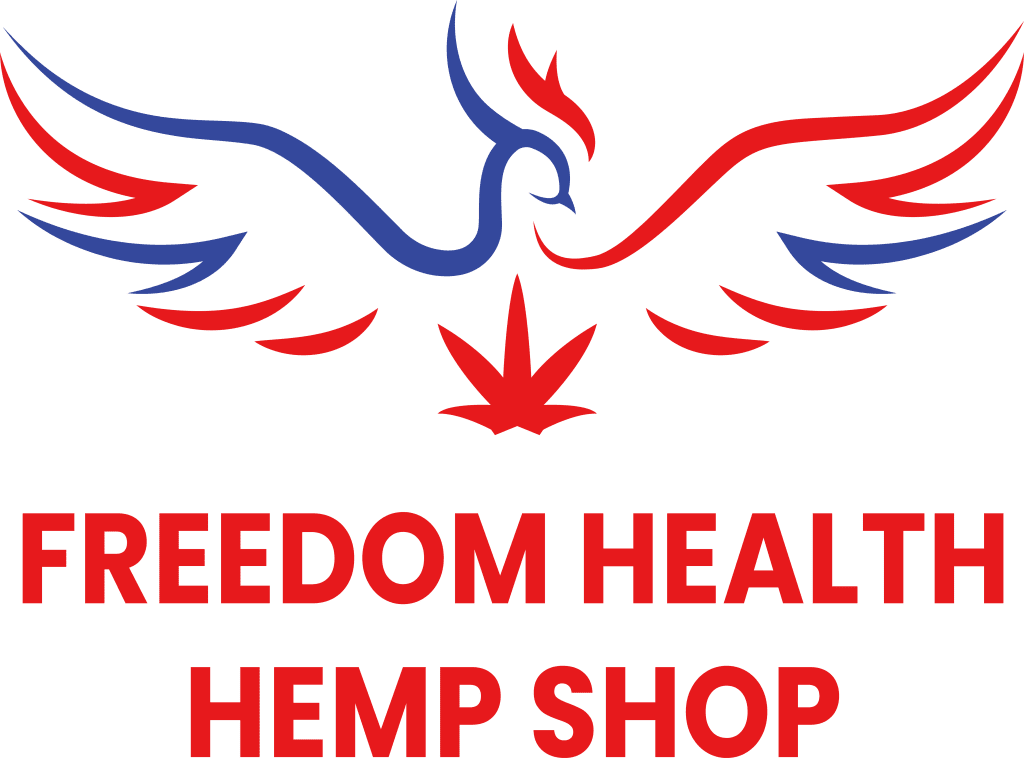How Future Legislation Will Affect The Hemp Industry?
Hemp legalization led hemp cultivation after the passing of the 2018 Farm Bill. However, it was only a matter of time when it became apparent to consumers, producers, regulators, and lawmakers that new regulatory standards need to be established and put into place.
Since hemp shares a close relationship with its controversial cousin THC marijuana or cannabis, it became clear that the stance on cannabis needs to tough and its sale and use to be strictly regulated.
The growing confusion led them to hastily propose and implement the United States Department of Agriculture’s provisional guidelines to direct hemp producers while leaving regulators to examine the issue to draft permanent rules for the hemp industry in the next two years.
Now, We’re in 2020 and the States Have Been Given Two Options
The USDA interim guidelines state that states operating under their own cannabis pilot program before October 31, 2019, release of these guidelines have the option to continue doing so until October 31, 2020, following the laws established in the 2014 USDA pilot program.
If states choose to cancel their hemp pilot program and adopt the USDA provisional version or if they never had a pilot program, to begin with, hemp farmers will need to abide by the interim rules.
What Have States Said?
As of March 26, 2020, twenty states reported that they’ll follow the 2014 pilot rules for the upcoming growing season. This significantly outnumbers the twelve states that have received approval from the United States Department of Agriculture for their hemp growing plan under the final temporary rule. This division becomes important when looking for compliant hemp genetics and acquiring hemp seeds.
How Will the New Hemp Sampling and Testing Regulations Affect the Hemp Industry?
The answer depends on the number of states that decide to continue with the 2020 and 2021 hemp growing seasons. Hemp farmers growing popular and completely matured hemp will go undergo comprehensive sampling and testing methods.
The latest USDA guidelines for sampling and testing hemp are as follows: “The cut shall be made just under the flowering material, indicating the bud or flower of a plant, situated at the top one-third of plants.”
The bad news is that the top one-third of the plant receives the most light, which means that it contains high levels of THC. Hemp farmers have found themselves in a bind, as they believe the DEA will target their hemp farms, destroying them. The USDA will report the hemp farmer to the chief law enforcement officer and the Attorney General of the state in the event they determine a violation has been committed.
What Should Hemp Farmers?
Hemp farmers need to cultivate trusted hemp genetics that is compliant with the law. Each hemp seed needs to align with its cultivation methods, season plan, and post-production structuring. Government officials can come to test the hemp seeds at any time to ensure the hemp farmers comply with the law.
Although farmers need to stay compliant at the same time, they need to pay attention to their farm operations and stay on top of the changing market demands. Hemp farmers who can maintain this balance can surpass their competitors.
Conclusion
For now, beginning October 31, 2020, all hemp farmers regardless of the state they belong to, need to abide by the USDA interim and wait for them to release the final regulations, which are expected to be released by October 31, 2021.
This will end all possible wiggle room for hemp farmers due to their respective state and will need to create and follow a strict plan for hemp and hemp products after the implementation of the USDA temporary rules.

